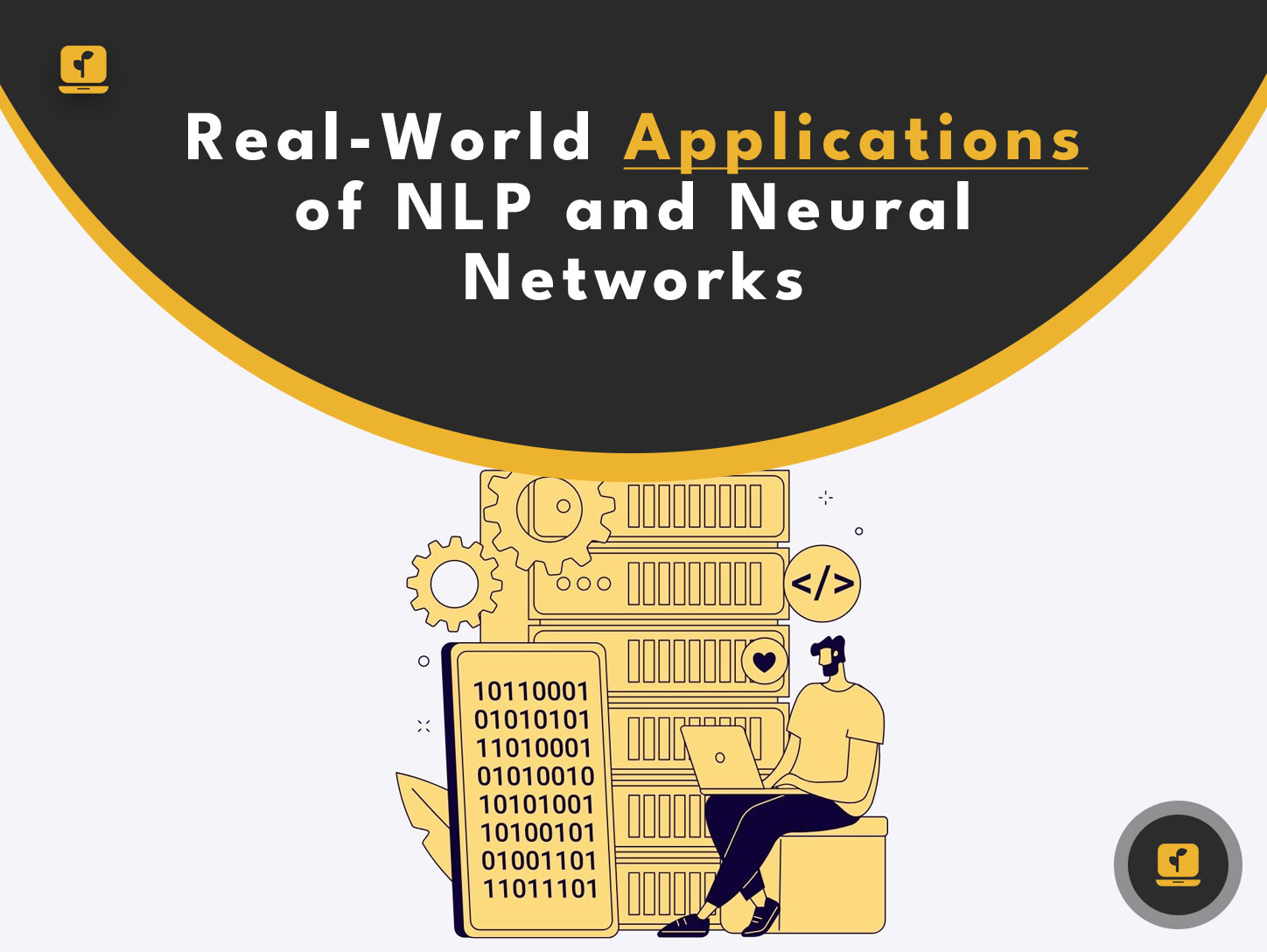As an AI developer, I have always been fascinated by the power of natural language processing (NLP) and neural networks in language understanding. The ability of machines to understand human language and respond accordingly has revolutionized the way we communicate and interact with technology.
In this article, I will discuss the basics of NLP and neural networks, their applications, and how businesses can leverage them for language processing.
Table of Contents
Introduction to Natural Language Processing (NLP) and Neural Networks
NLP is a subfield of artificial intelligence (AI) that deals with the interaction between computers and human language. It involves teaching machines to understand and interpret human language, including speech and text. NLP is used in a wide range of applications, from chatbots and virtual assistants to sentiment analysis and speech recognition.
Neural networks, on the other hand, are a type of machine learning algorithm that is modeled after the structure and function of the human brain. They are designed to recognize patterns and relationships in data, and they can be used for a variety of tasks, including image recognition, natural language processing, and speech synthesis.
Understanding NLP Models and their Applications
NLP models are the backbone of any NLP system. They are designed to analyze and understand human language, and they can be trained to perform specific tasks, such as sentiment analysis or named entity recognition. Some popular NLP models include the Long Short-Term Memory (LSTM) model and the Transformer model.
NLP models have a wide range of applications, from chatbots and virtual assistants to language translation and sentiment analysis. They can also be used for text classification, topic modeling, and speech recognition.
The Difference between NLP and Traditional Machine Learning
While traditional machine learning algorithms are designed to analyze structured data, such as numbers and categories, NLP algorithms are designed to analyze unstructured data, such as text and speech. This makes NLP more complex than traditional machine learning, as it requires algorithms to understand the nuances of human language.
NLP also requires a large amount of data to train models effectively. This is because language is incredibly complex, and the more data the algorithm has to work with, the more accurate its predictions will be.
Common NLP Techniques Used in Language Understanding
There are several common NLP techniques used in language understanding, including tokenization, part-of-speech tagging, and named entity recognition.
Tokenization involves breaking down a piece of text into individual words or phrases, which are then analyzed by the algorithm. Part-of-speech tagging involves identifying the grammatical structure of the text, while named entity recognition involves identifying specific entities, such as people, places, and organizations.
NLP 77M: A Powerful NLP Model for Language Processing
One of the most powerful NLP models currently available is the NLP 77M model, which was developed by OpenAI. This model is capable of understanding a wide range of natural language processing techniques and can be used for a variety of applications, including language translation, text classification, and sentiment analysis.
The NLP 77M model is based on the GPT-2 architecture, which is a type of neural network that is designed to generate human-like text. This makes it particularly effective for tasks that involve generating natural language responses.
Real-World Applications of NLP and Neural Networks
NLP and neural networks have a wide range of real-world applications, from chatbots and virtual assistants to language translation and speech recognition. Some popular examples include Amazon’s Alexa, Apple’s Siri, and Google Assistant.
NLP and neural networks can also be used for sentiment analysis, which involves analyzing the emotions and opinions expressed in a piece of text. This can be useful for businesses that want to understand how their customers feel about their products or services.
How Businesses Can Leverage NLP and Neural Networks for Language Understanding
Businesses can leverage NLP and neural networks for a variety of language understanding tasks, including chatbots and virtual assistants, sentiment analysis, and language translation. Chatbots and virtual assistants can be used to provide customers with quick and efficient responses to their questions and concerns, while sentiment analysis can be used to gauge customer satisfaction and identify areas for improvement.
Language translation can also be useful for businesses that operate in multiple countries or that have customers who speak different languages. By leveraging NLP and neural networks for language translation, businesses can communicate more effectively with their customers and expand their reach.
Best Practices for Implementing NLP and Neural Networks in Language Processing
Implementing NLP and neural networks in language processing can be challenging, but there are several best practices that businesses can follow to ensure success. These include:
- Collecting high-quality data: NLP algorithms require a large amount of data to train effectively, so it’s important to collect high-quality data that is relevant to the task at hand.
- Choosing the right algorithms: There are many different NLP algorithms available, and it’s important to choose the one that is best suited for the task at hand.
- Regularly updating models: NLP models need to be updated regularly to ensure that they remain accurate and effective.
- Testing and evaluating models: It’s important to test and evaluate NLP models regularly to ensure that they are performing as expected.
The Future of NLP and Neural Networks in Language Understanding
The future of NLP and neural networks in language understanding is bright. As these technologies continue to evolve, we can expect to see even more advanced applications, including more accurate language translation and more human-like chatbots and virtual assistants.
We can also expect to see continued improvements in sentiment analysis and speech recognition, which will enable businesses to better understand their customers and provide more personalized experiences.
Conclusion: The Power of NLP and Neural Networks in Language Processing
NLP and neural networks are powerful tools for language processing. They enable machines to understand and interpret human language, which has revolutionized the way we communicate and interact with technology. By leveraging these technologies, businesses can provide more efficient and personalized experiences for their customers and gain a deeper understanding of their needs and preferences.
As these technologies continue to evolve, we can expect to see even more advanced applications and greater improvements in language understanding.











